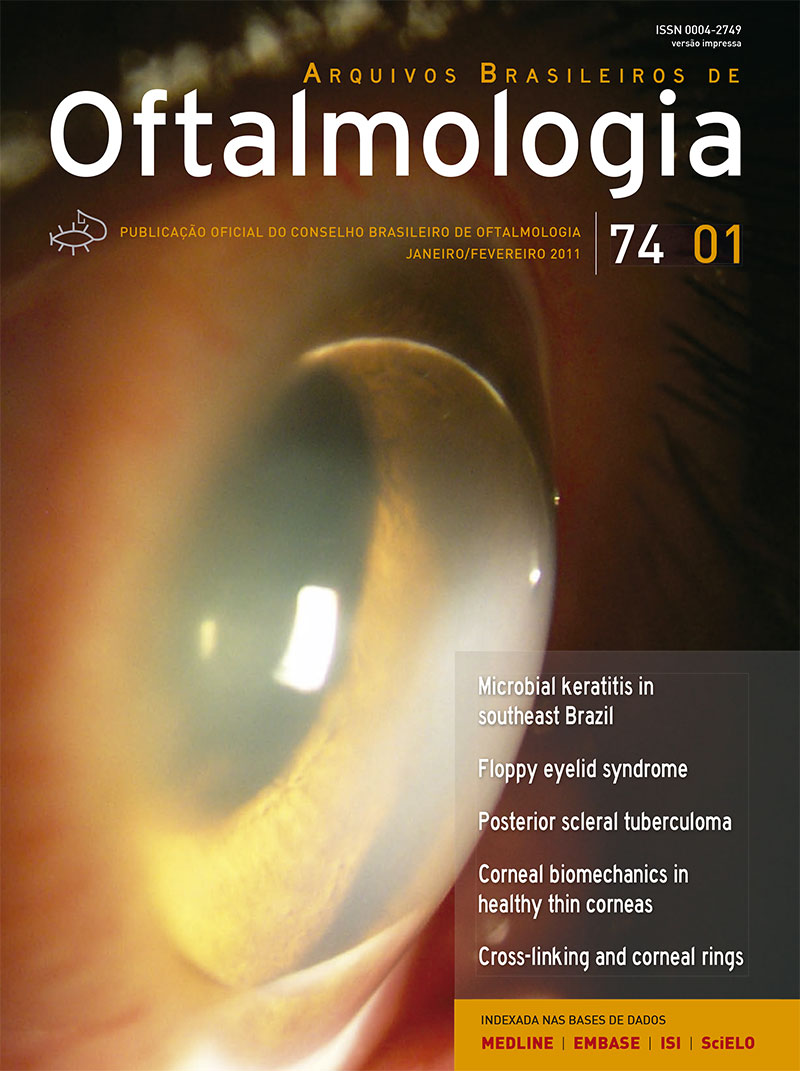PURPOSE: To evaluate and compare corneal hysteresis (CH) and corneal resistance factor (CRF) in healthy eyes with a central corneal thickness (CCT) < 505 µm with CH and CRF in gender-, age-, and CCT-matched keratoconus cases, and to estimate the sensitivity and specificity of these parameters for discriminating between the two groups. METHODS: Prospective, comparative case series. In total 46 eyes from 30 healthy patients with CCT < 505 µm, and 42 eyes from 30 CCT-, gender- and age-matched keratoconus cases were enrolled. Biomechanical metrics (CH and CRF) were measured using the Ocular Response Analyzer (ORA) and then compared. A receiver operating characteristic (ROC) curve was used to identify cut-off points to maximize the sensitivity and specificity for discriminating between the groups. RESULTS: The CCT was 485.96 ± 17.61 µm (range, 438 - 505) in healthy thin corneas and 483.64 ± 16.19 µm (range, 452 - 505) in keratoconus; p=0.5225. CH was 8.63 ± 1.23 mmHg (range, 5.95 - 12.2) and 8.07 ± 1.17 mmHg (range, 4.9 - 9.85), respectively; p=0.0312. CRF was 8.43 ± 1.29 mmHg (range, 5.45 - 11.10) and 7.22 ± 1.34 mmHg (range, 4.7 - 9.45), respectively; p<0.001. ROC curve analysis showed a poor overall predictive accuracy of CH (cut-off, 8.95 mmHg; sensitivity, 63%; specificity, 23.8%; test accuracy, 44.30%) and CRF (cut-off, 7.4 mmHg; sensitivity, 28.3%; specificity, 40.5%; test accuracy, 34.12%) for detecting keratoconus in the eyes studied. CONCLUSION: CH and CRF were statistically lower in keratoconus than in healthy thin corneas. However, CH and CRF offered very low sensitivity and specificity for discriminating the groups.
Keywords: Cornea; Keratoconus; Corneal diseases; Biomechanics; Diagnostic techniques, ophthalmological
